The source of life for thousands of years is the olive, the immortal tree. The story of the olive began twelve thousand years ago in the Fertile Crescent. There is no land left that it has not visited, no people it has not given its hands to.
Olives circulate in all areas of life; It was used in oil lamps, cooking, and soap-making, as a source of healing. Humanity lit up the night with olive oil for the first time. Olive has also entered art and literature and has taken its place in an oral culture. It became the constant inspiration of the artist.
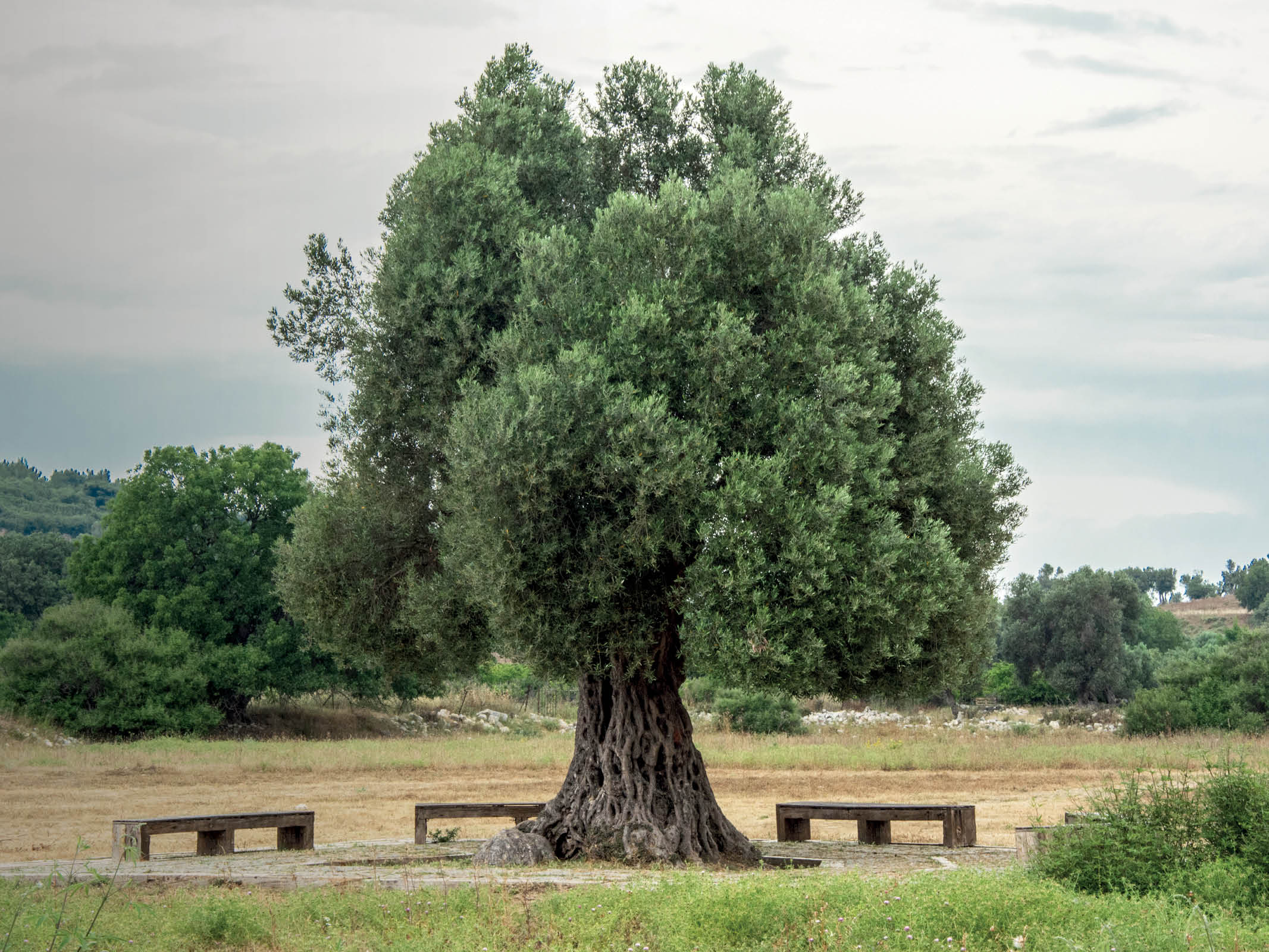
The Journey of the Smart Olive in the Mediterranean
Since prehistoric times, olives have been one of the most important parts of Mediterranean life; with its culture, taste, and economic value, it is the most characteristic product of the İzmir Peninsula. The wild of the olive is called “delice” (crazy). It gets vaccinated, gets smarter, and becomes more efficient. Let's experience the story of the arrival of olives at our tables together.
Our first stop is the Köstem Olive Oil Museum. We listen to the journey of smart olive in the Mediterranean from Levent Köstem, one of the museum's founders: “I believe this region, the peninsula, is one of the homelands of the olive. Because when you look at the dating, we see that the smart olive tree appeared around 4000 BC. It comes to the region of Israel, to Mesopotamia, and to the regions of İçel, to Nizip, and according to the dating to this peninsula and the Western Greek islands, Egypt, around 2000 BC. However, when you visit this region, you see many olive trees here that are three or four thousand years old, maybe even more. I believe that humans have produced the same product in different regions by thinking about many things simultaneously. Probably humankind is not in a single region that makes the olive smart; did it start in many regions. In this respect, this region can be considered almost one of the homelands of olive oil, and naturally, of course, olive oil was one of the biggest commercial products of this place at that time. Imagine, for lightning or as food, in Spain around 200 BC, and the olive tree is gone, the smart olive is emerging. Olive oil goes to Italy in the around 400s or 500s, France in the 200-300s, and almost 2000-2500 years after this region. The smart olive tree is going, and the smart olive starts production there. This means that these people took plenty of olive oil from Mesopotamia to their home countries and possibly by sea.”
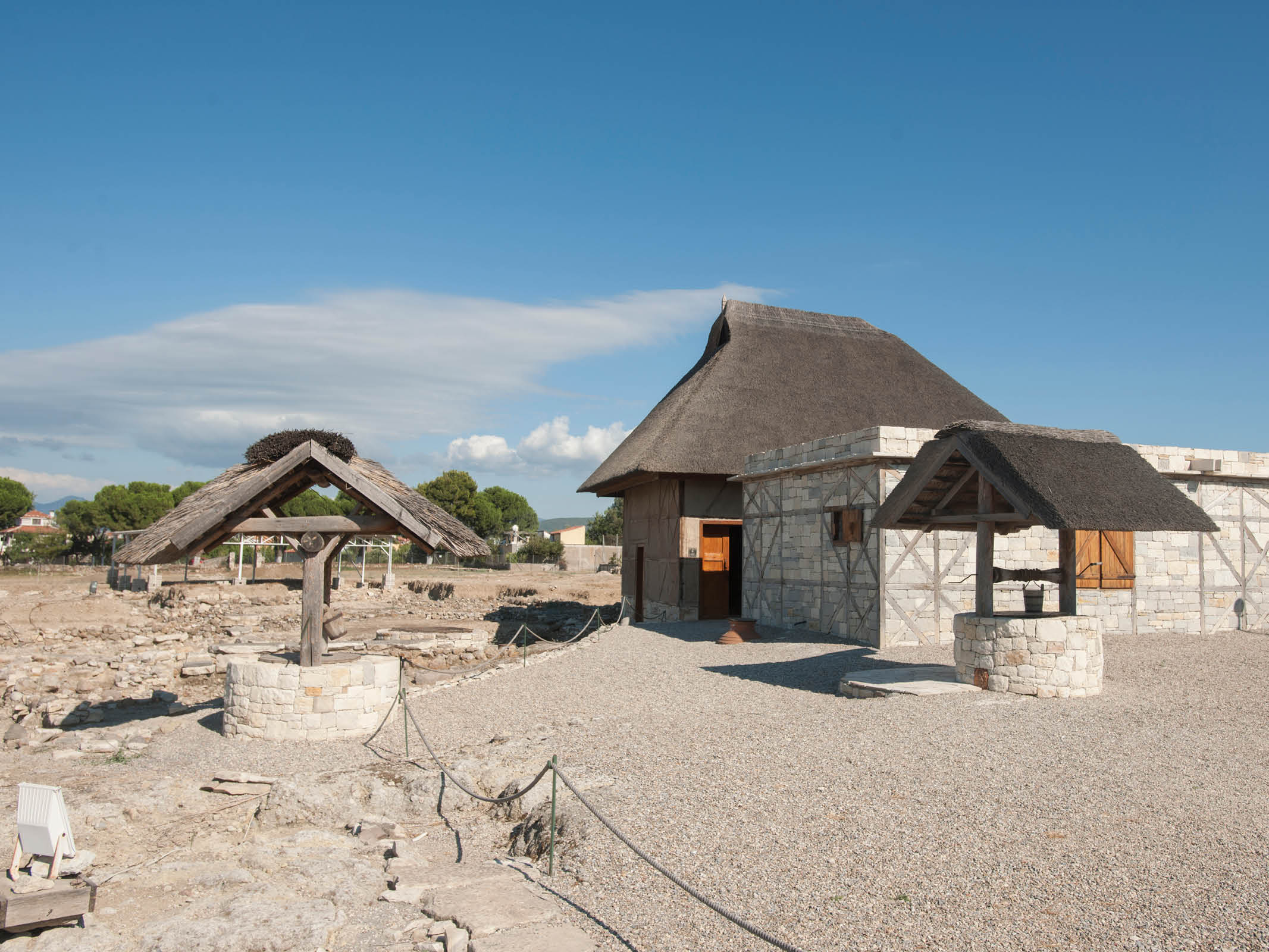
Klazomenai, The Oldest Known Olive Oil Workshop
When it comes to olives, İzmir is such an important address that even the oldest known olive oil workshop in the world is located in Urla. As such, the journey of the olive on the peninsula is among the most enjoyable sightseeing routes you can follow in İzmir.
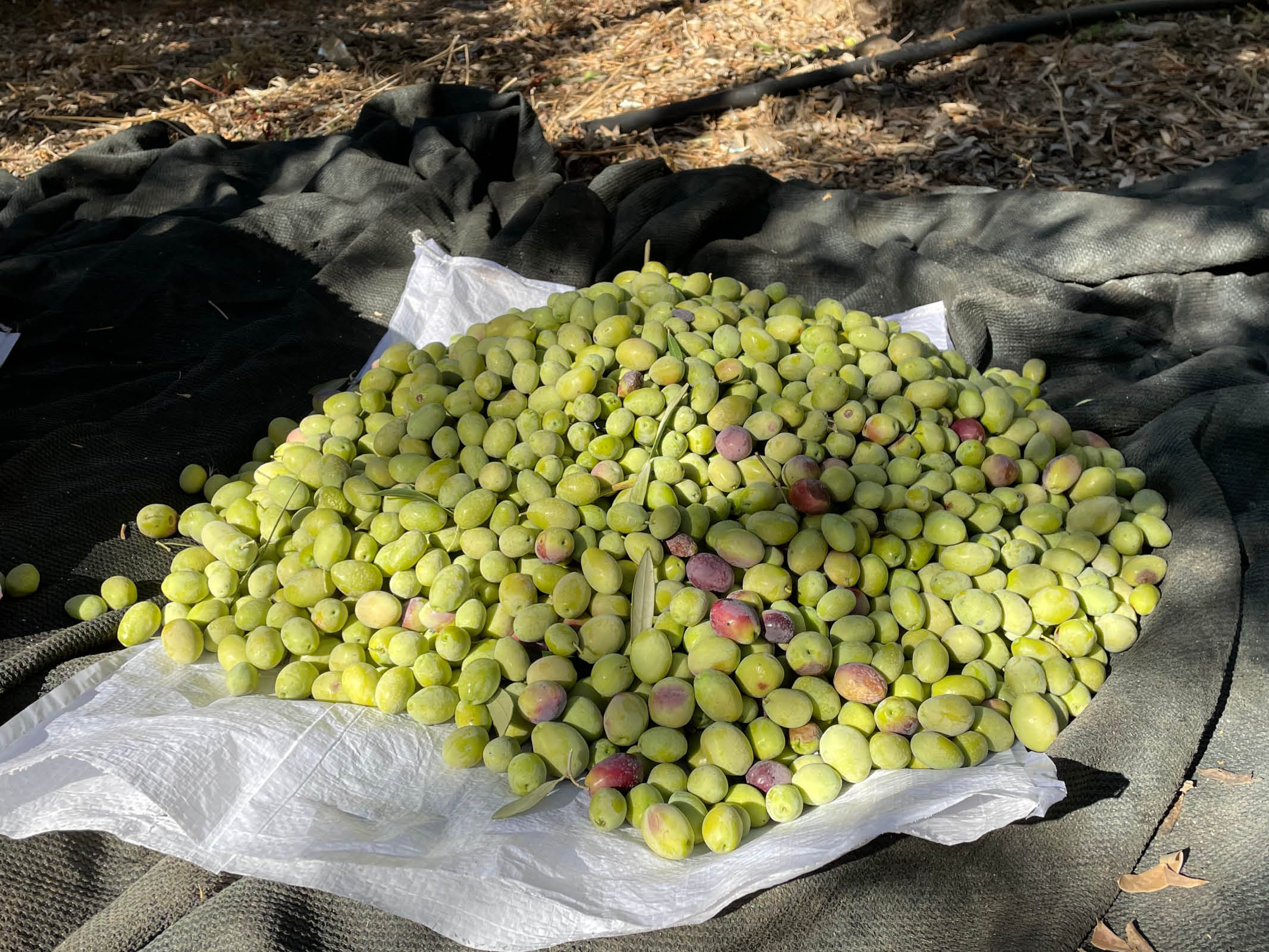
Harvest Festival
When September comes, a festival starts in İzmir. Until February, everywhere smells of olives. Not just people who attend this harvest festival; animals are also included. Shepherds graze their goats and sheep under the olive tree. Of course, there is a great effort behind this festival. Let's listen to what Aunt Hanım, who has been collecting olives since the age of seven, has to say: “Since I was seven years old, I have known myself... I had a grandfather, my late pilgrim grandfather, and he used to give me a small basket and say, ‘If you fill this up, you will have a hole in money.’ I would fill that basket every day, picking olives with them. I would tie them with rope and wear them around my neck. When I was seven years old, I started collecting with both hands. In this village, around Balıkova, I have two other friends like me. We put buckets in front of us, baskets we fill to the same extent. No one can fill more baskets than we do. There is Kadıovacık Village, and they used to take it there with donkeys and squeeze the oil. Now there are cars. They bring our oils with cars, and those who bring them take a certain percentage of the oil. Thirteen kilos of olive oil have to come out of a normal sack. When we tied it right in the middle of the mouth of the sack, it took out 13 kilos of olive oil.”
Aunt Hanım is now seventy and has never stopped collecting olives; she had her children and grandchildren educated in this way. He tells us about the harvest: “We are not raking yet; we collect it from the ground. Small trees are like this, and we pull them with a rake. There have been machines for large trees for two years now. The battery of the machine is charged electrically. Thus, the products are collected without any loss. In the past, the branches were hit with sticks, and the branches were much damaged.”
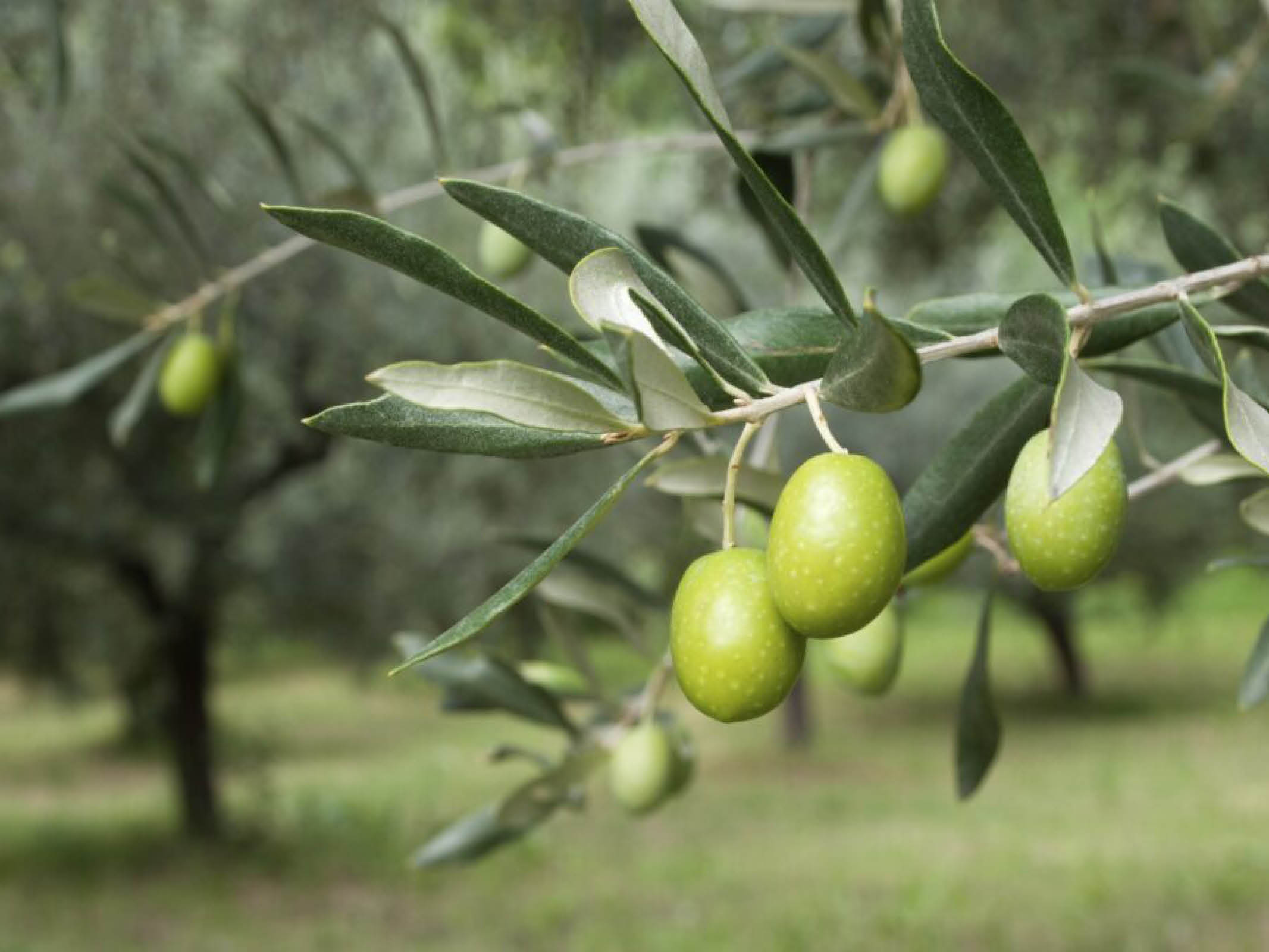
“The hand of the one who cuts the olive tree is cut off because the effort is much.”
We continue our conversation by listening to the importance of the olive tree: “Importance; we benefit from oil, olives, and wood. Look, I am lighting the fire; it is going to ignite the stove. The village is also very useful. I make soap, jam, and pomegranate sour and extract the fruit juice. I do these things on a wood fire, which is useful.”
The Olive Types of İzmir
The harvest is the most important of the stages that the olive goes through until it reaches our homes. Because the time and method of harvesting greatly affect the quality of olives and olive oil. Oleologist Pelin Omuroğlu tells us about the olive species of İzmir and the requirements for quality olive oil.
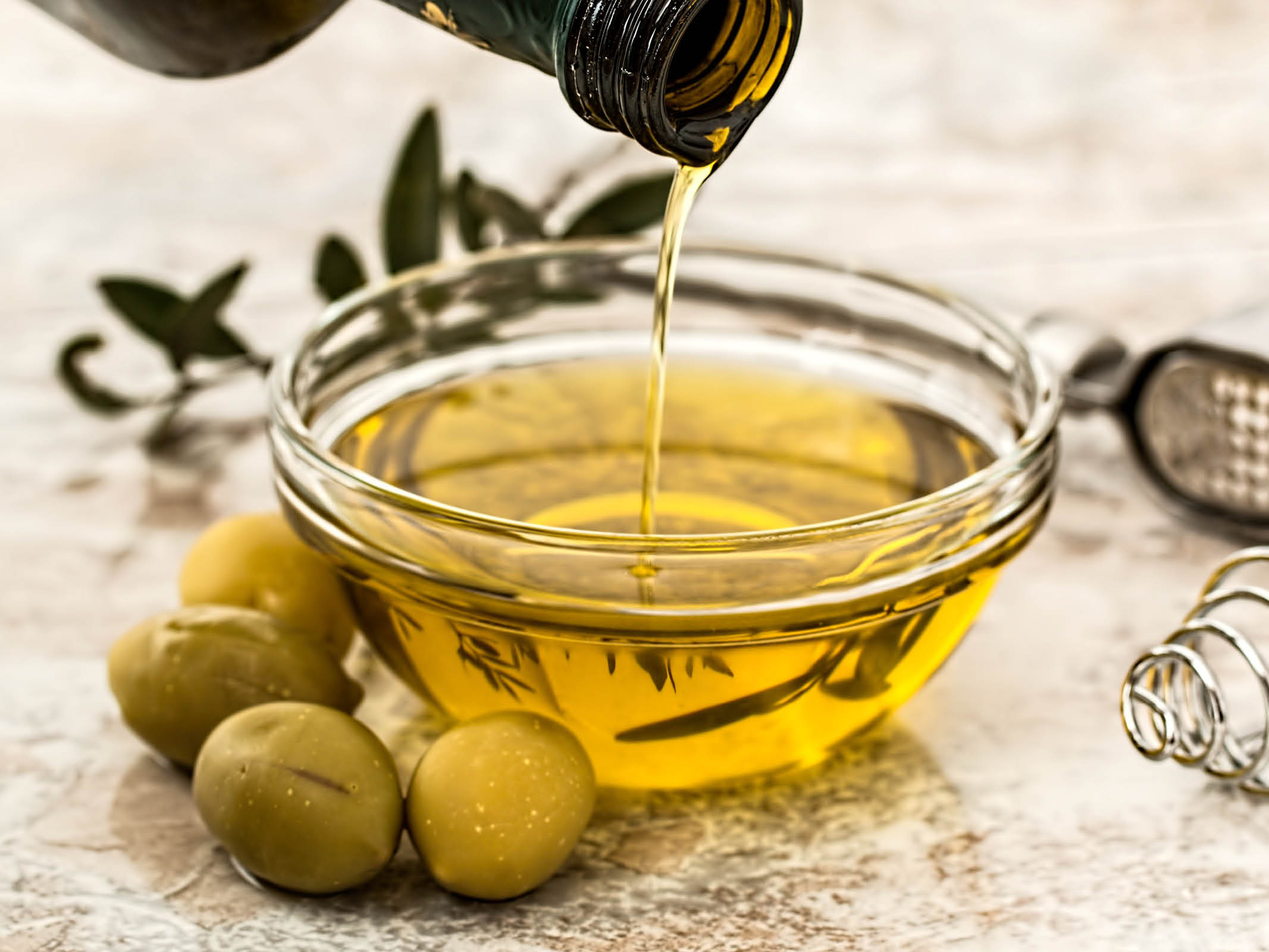
“Olives are a fruit, and olive oil is a juice”
The only fruit juice in the world that shows oil properties comes from olives, says Pelin Omuroğlu and continues: “To produce quality olive oil in the best way, we ensure that the olives on the branch are high quality. We commonly see Erkence, Ayvalık, Gemlik, Domat, and even Memecik in our region. Our quality olives, the healthiest and most beautiful natural extra virgin olive oil, are obtained from olives that are not affected by the olive fly in our field. And September, which we usually call early harvest, sometimes coincides with the middle of September with climate change, and the harvest time includes the period that lasts from mid-September to mid-October and sometimes even until the end of October. After the early harvest, olive oil is squeezed from the olives that turn pink or are completely black, which we call the ripe harvest. In early harvest, we should pay the most attention to the fact that the olives should not be crushed, and their crates should be collected and taken to a meticulously working olive oil household within 24 hours at the latest without waiting. And there, preferably between 20 and 27 degrees Celsius, which we call cold pressing, should be kept in chrome preferentially or glass packages, without any contact with air, light, and heat.”
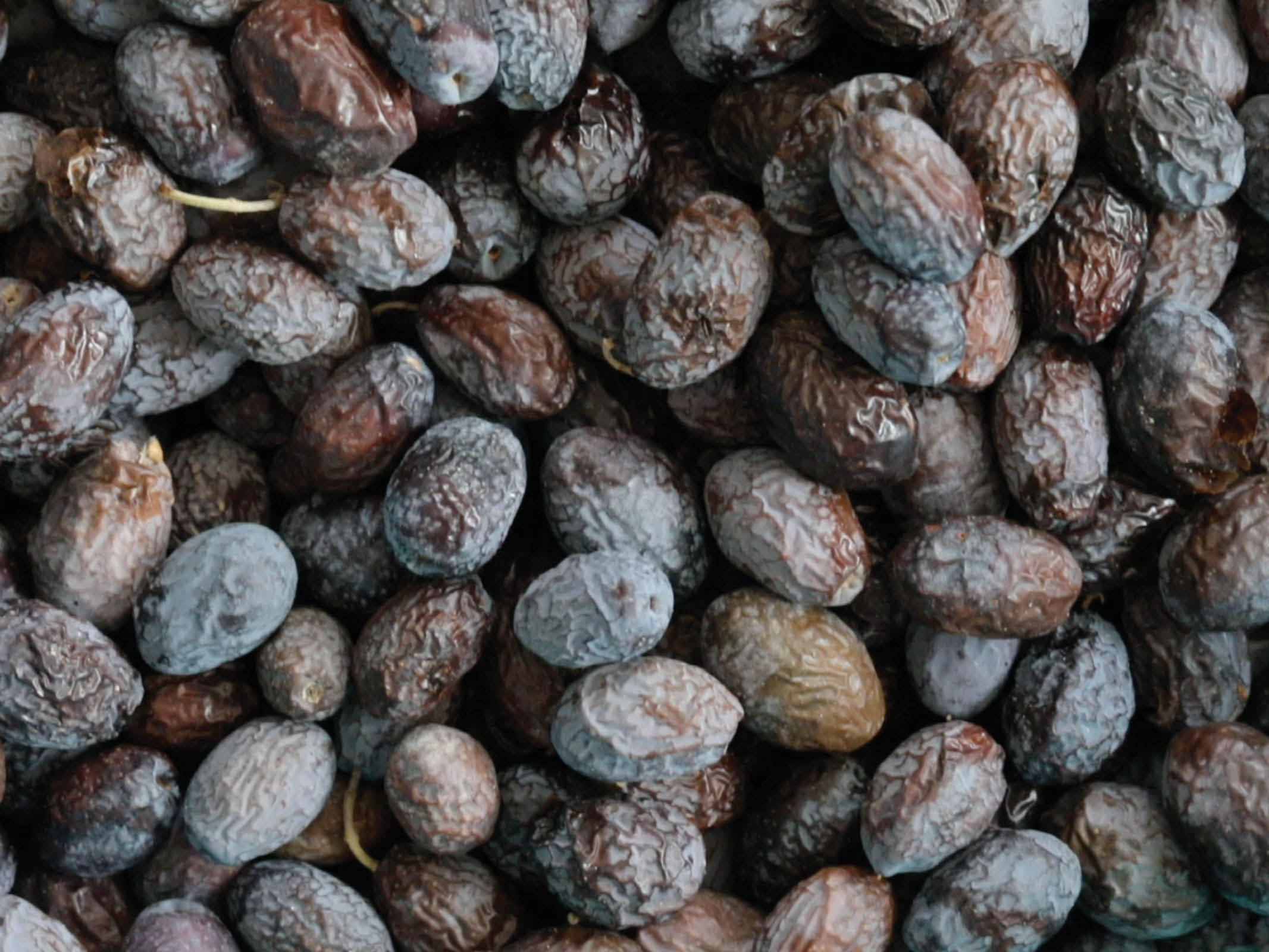
Date Olives Eaten on the Branch
Urla's most valuable, most seen, most ancient information is the Erkence, which is on the way to getting the geographical indication of this region. Pelin Omuroglu keeps us informed: “Erkence is the only olive variety in this region and produces a special olive called “hurma” (date palm fruit). Date palm fruit is a very special weather condition that shows antioxidant properties for our health, turning into edible olives by destroying the most valuable chemical called oleuropein. This fungus is only found in the air in this region. And the palm olive is only very well-known and consumed in this region. It is salt-free, and it is a dietary product. In addition, it can grow very well in Turkey, especially in areas adapted to the Aegean Region.”
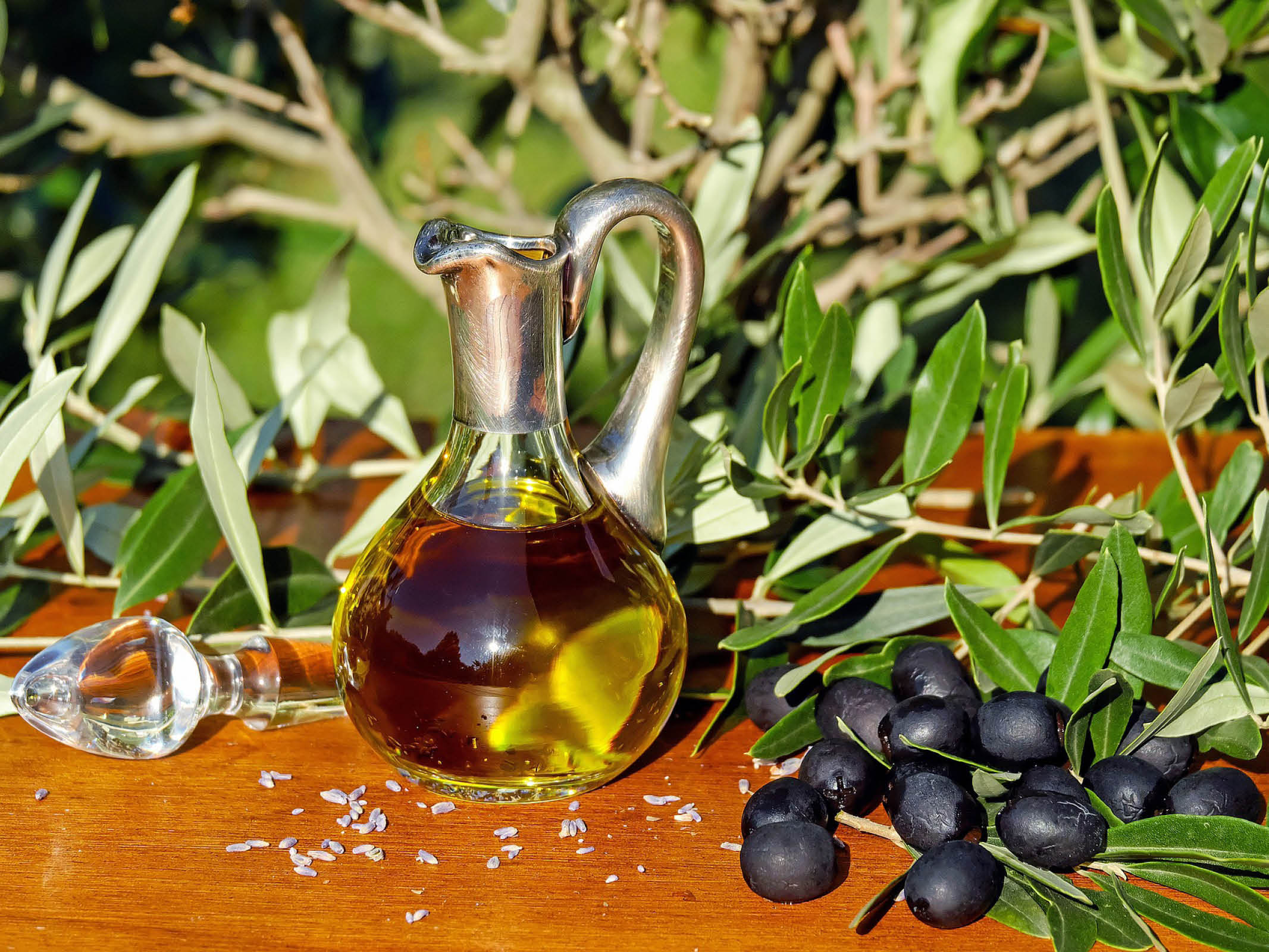
Olive Oil Tasting
We learned what stages are necessary for a good olive and olive oil. So, how do we find the one that suits our taste?
For this, we listen to the tricks of olive oil tasting from Sibel Önbaş, Communication Manager of Köstem Olive Oil Museum: “Not all the olive oils we eat or find are good. There are criteria for understanding good olive oil. One of the criteria is perceived as color, but the color is not a criterion for us. Our most important criterion about olive oil is the smell. When you smell olive oil, the smell feels like it should be fresh and beautiful smells. If there was bad oil in it, there could be a musty smell, or the smell of the materials could pass during the transportation during the process. Now we take it in the palm of our hands. We close our glass jar and heat it. The fruity smells in the olive oil give of smell with the heat. You will notice this when we smell it once more after heating it. Now we smell it, we see the give of smell, becoming fresher. Now that we get what is in that area with the smell, where can the fruity smells come from? Fig trees happen a lot next to olive trees. The reason for this is to destroy the fly and remove away. It has such a function. For example, when I do this sensory analysis, what smells come to people when I ask? The smell of freshly mowed grass can come. Green tomatoes and unripe almonds are also very close to olive trees, and these smells are trapped in the olive, and those fruit aromas are included in the aroma of olives.”
When we come to the second criterion, we need the burning feeling it creates in the throat. Sibel Önbaş takes a sip from her glass and continues: “We drink, but this drinking is not a normal drink. We filter it, create oxidation between our teeth with the air and flow it from here, and there is a burning sensation and a bitterness. Its acidic value gives it bitterness. The burning feature is very important. It is a misunderstood truth. People should feel this burning and bitterness when buying oil. Quality oils have vitamins, amino acids, and polyphenols in them. And their freshness is provided by this very important information: We need to take the olives we collect with our hands to the squeezed house within 3-4 hours at the fastest. All values in the waiting olives are dying. Olive trees are the trees that live the longest. There are thousand-year-old, two-thousand-year-old trees in this geography. I also wish everyone a healthy and long life, like olive oil, after each tasting. I recommend eating olive oil a lot.”
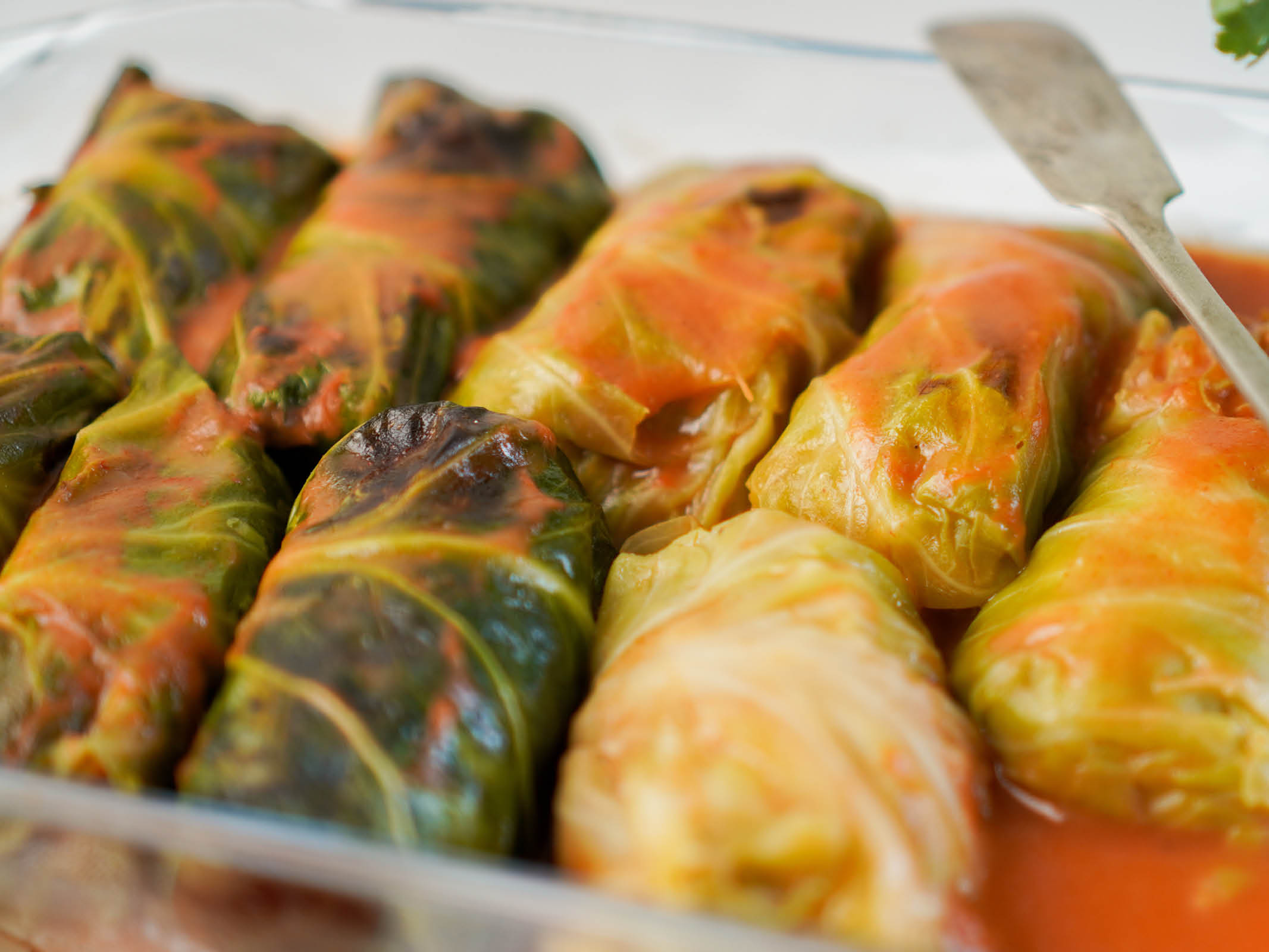
Cooking with Olive Oil
Olive oil, which perfects the dish's taste; our tables are indispensable.
So, which olive oil should we use in which dish? Luckily, Teruar Urla's chef Osman Serdaroğlu is ready to answer our questions: “We are in the village of Kuşçular, and we are in Teruar Urla. As a chef, it is the greatest wealth to be in the Aegean and to benefit from the blessings of this place. Actually, the first reason I am here is that I am always on the lookout for a good product. Because if we are talking about a good kitchen, the first criterion starts with good products. Then you put the rest of your education, culture, and creativity. Good products here, so we are lucky. Olives and olive oil are important for this place because almost all dishes have olive oil. There is a category called “olive oil” in Turkish cuisine. There is no such distinction in other countries.”
The closer you are to product in the food business, the more you save on price, and the quality increases tenfold, says Osman Serdaroğlu and continues: “as soon as you collect an artichoke, cooking it while it is still on the gum smell and before it enters the cupboard gives a very different flavor and aroma. When combined with that beautiful olive oil... My philosophy in Teruar is less is more. Therefore, it will be less, but that little should also be self. What am I looking for in my kitchen? What do I separate the oils according to what? Yes, the acidity of the oil is important. However, I always trust my palate. Those who do this work commercially look at the oil's polyphenols; they look at its acidity. However, I look at whether the oil is medicated, whether it is cold pressed, whether excessive heat treatment is done and whether it is collected with the right collection method. After that, I evaluate it with my palate. As a chef. Of course, this is also cheated on, as in every business. However, the one-to-one relationship with the farmer, recognition, and how they used to say, "You will know your butcher." It is also so that you will know your farmer; it will be related. Therefore, that is a very important thing. I prefer later harvests in such long-cooked oils. In salads and the last touch oils, which I call the last touch, I prefer cold-pressed, early harvest, that is, oils that have not been heating treated that can make you feel all that refreshment. Early harvest, cold-pressed oil has an oil ratio of eight to one, nine to one, and ten to one. Imagine how you sacrifice a whole year's labor to get a beautiful oil. If you wait for it, if you make a late calculation, if you do a heat treatment; three-to-one, four-to-one receivable; you make sacrifices so that your oil will be good. And we shouldn't ruin it either, and you have to respect it in the kitchen. That is how we evaluate oils.”
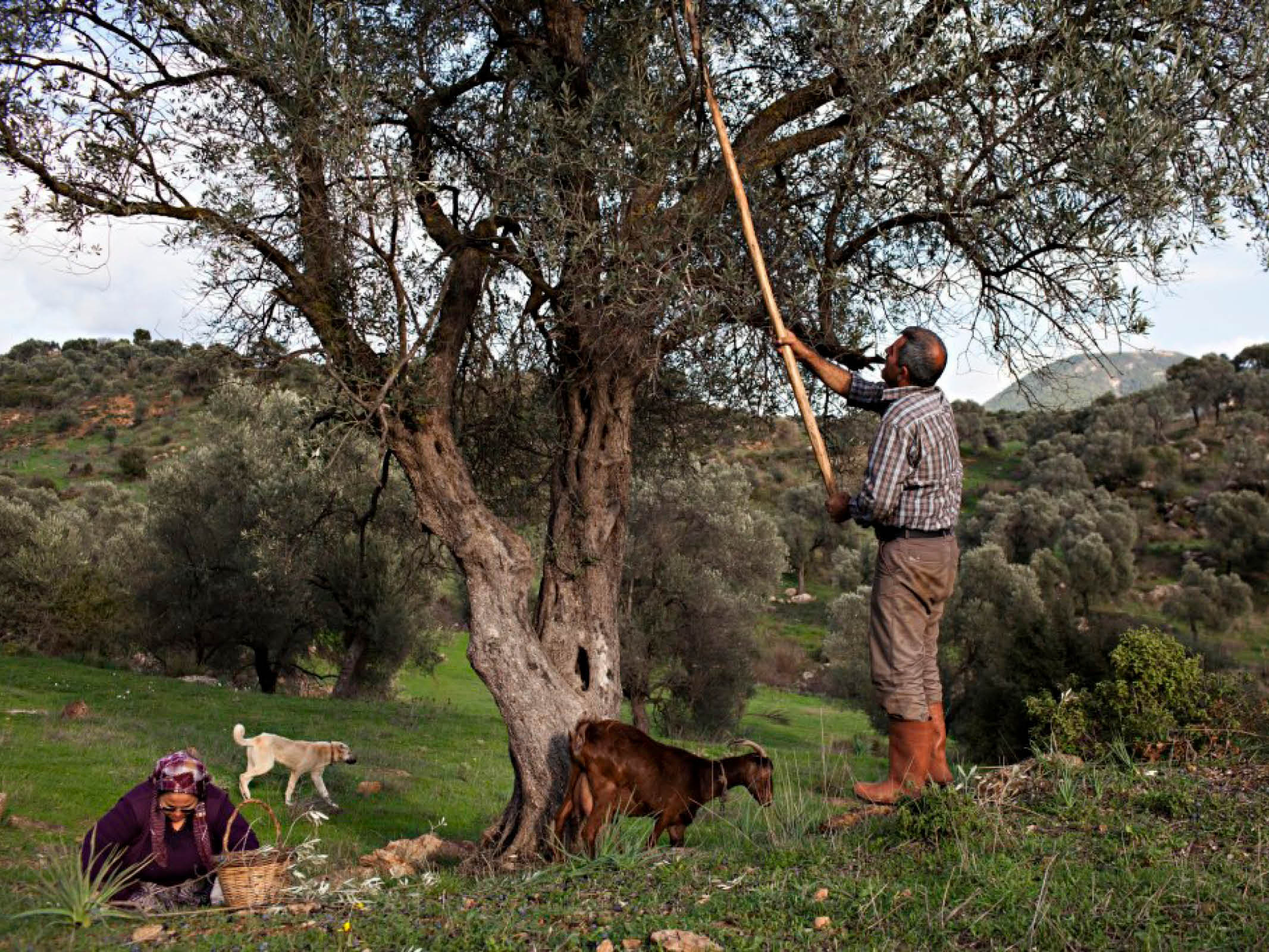
Protect The Olive
Olives and olive oil, which come to our tables with many labors, have a long and arduous journey until they reach us on such beautiful plates. İzmir is an olive geography. At a meal you eat in a beautiful restaurant, at a harvest festival, you attend, at a museum where you will read the history, or on a walk with nature, the olive always accompanies you.
For hundreds of years, the abundance of the olive has been passed down from generation to generation, reaching us. What we need to do is to protect the olive.
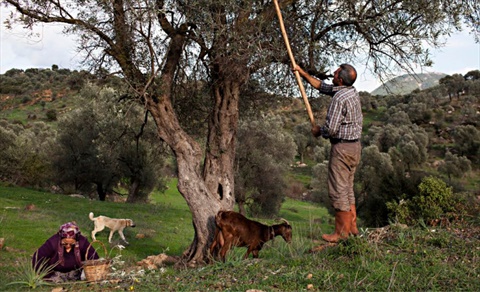
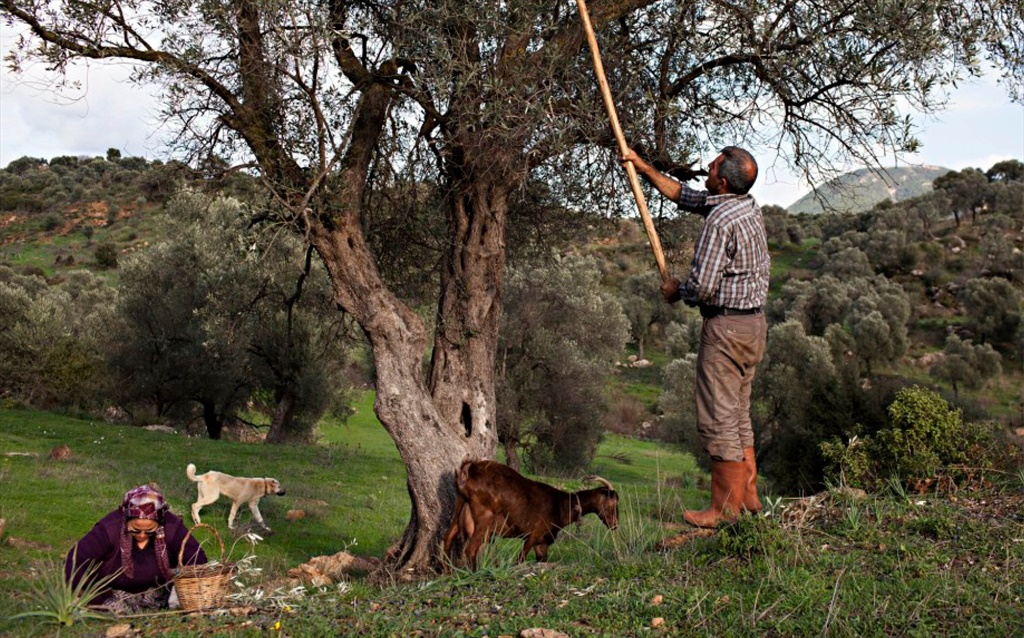
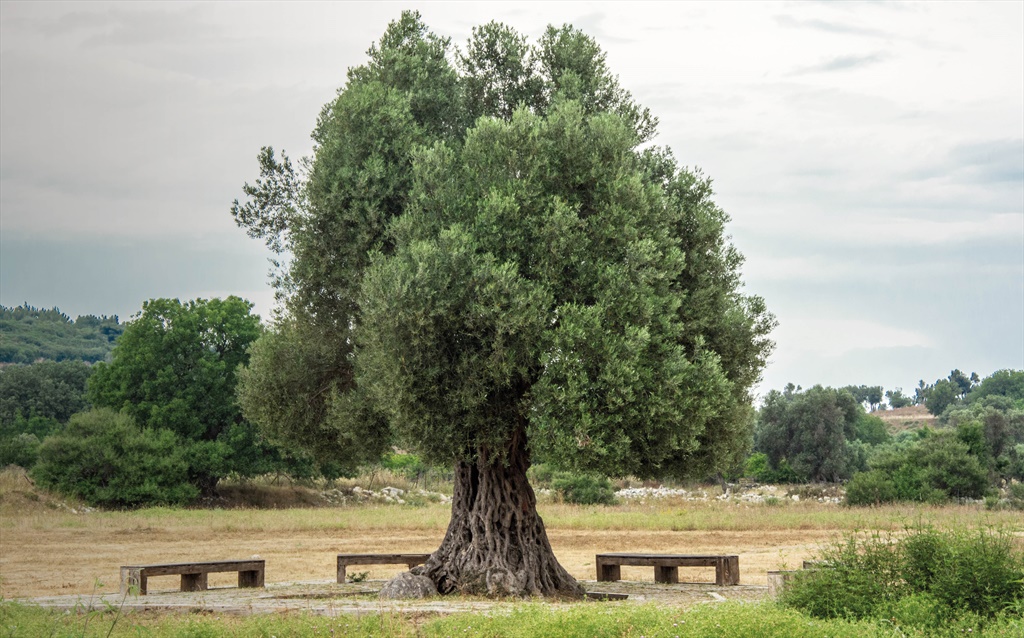
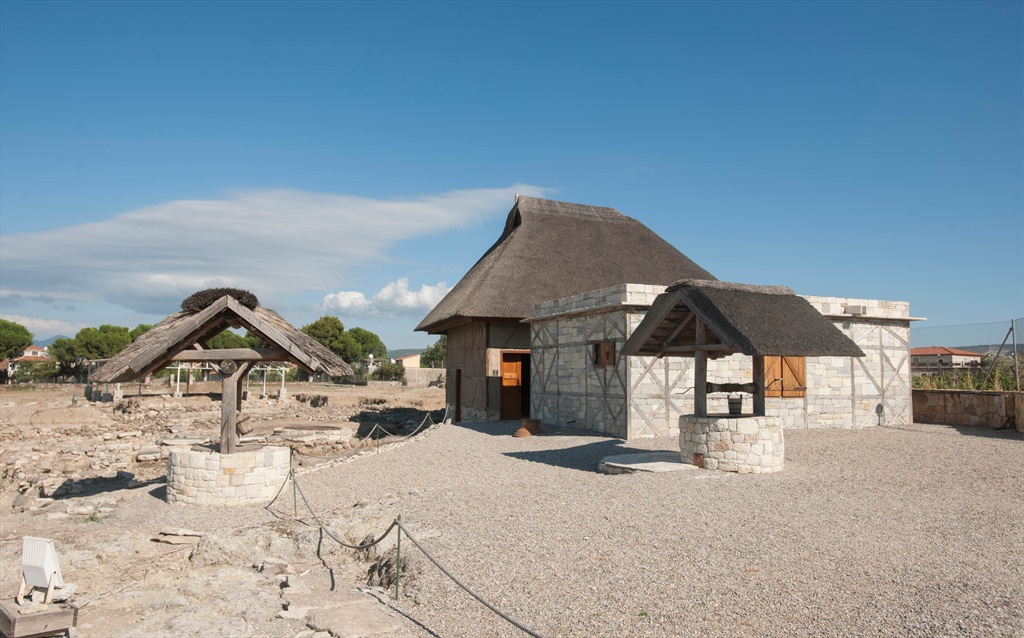
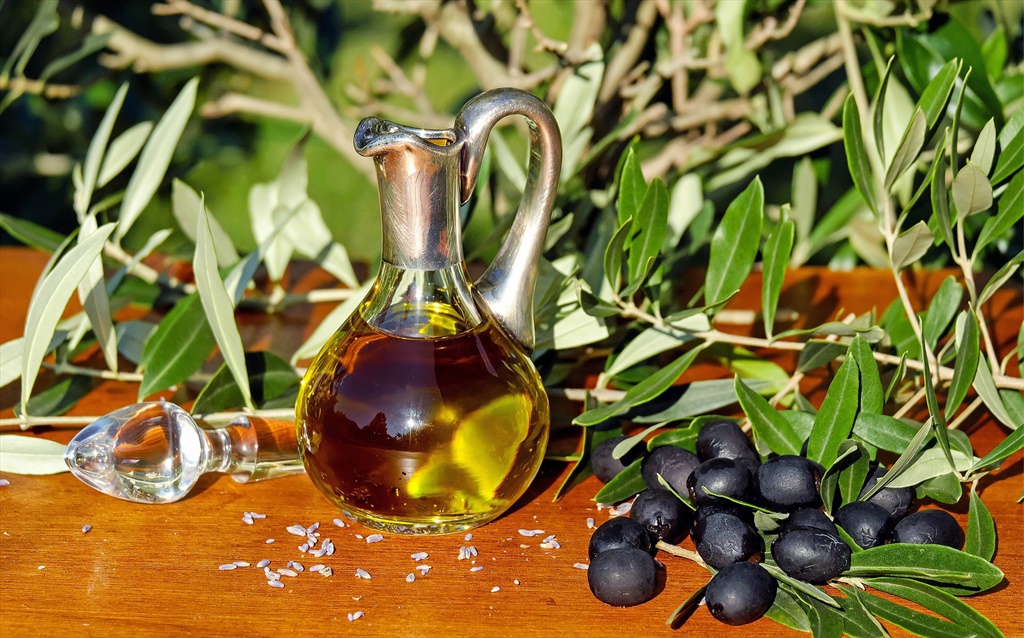
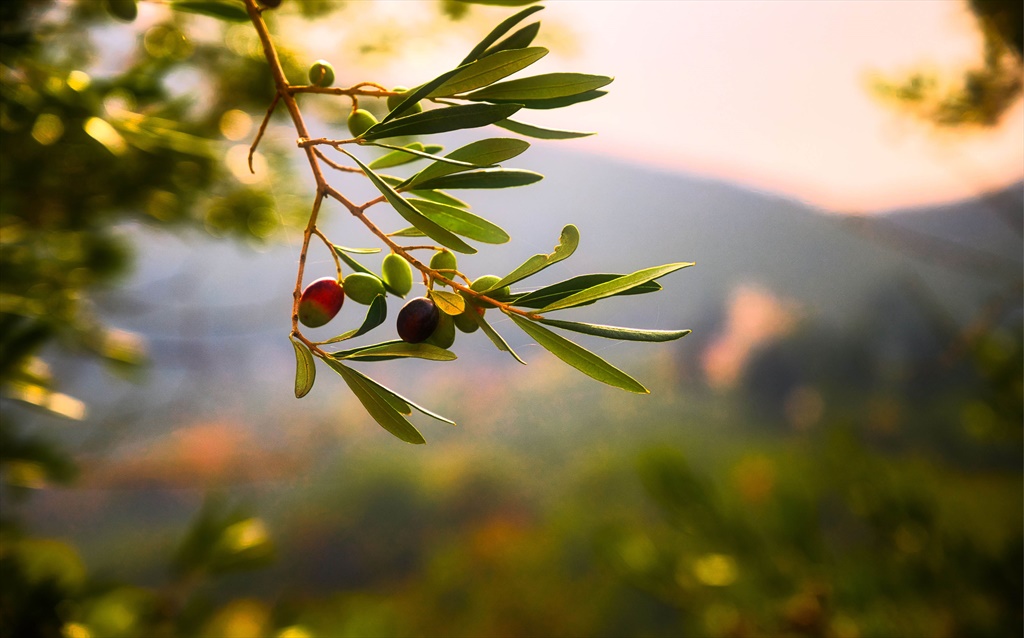


Comments
No comment left, would you like to comment?